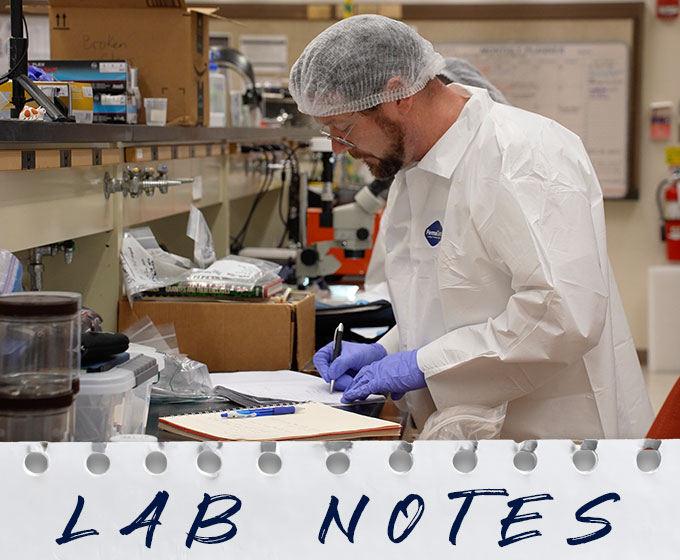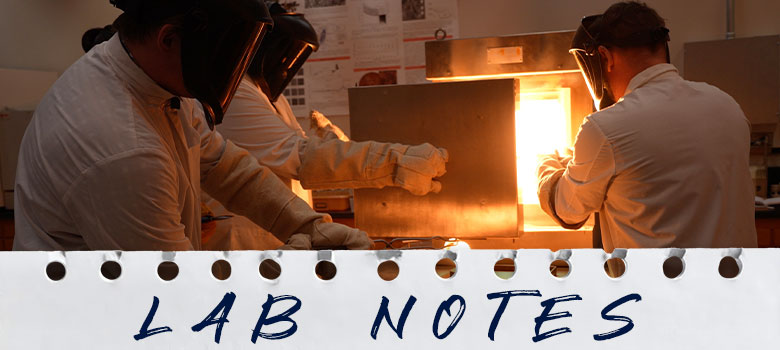
Alan Whittington recently assisted with measurements of samples from Bennu, a relatively small asteroid and the target of NASA’s OSIRIS-Rex mission.
AUGUST 18, 2025 — In a science lab on the fourth floor of UTSA’s Multidisciplinary Studies Building, UTSA students engage in meticulous choreography around a glowing furnace, melting rocks to produce lava.
The task helps them survey the vast landscapes of the universe — from the Earth to the moon — in a space known as the Heat and Mass Transfer & Experimental Rheology Lab, HAMsTER for short.
Led by Alan Whittington, professor in the Department of Earth and Planetary Sciences, the lab offers students interested in petrology and planetary sciences the opportunity to apply their interests in a range of research opportunities. While one group may be examining the lava flow of volcanoes on Earth, another is melting down and testing samples of meteorites to chart varying thermal properties.
Whittington became interested in geology while caving and rock climbing in his home country, the United Kingdom. He earned a doctoral degree with his focus on how granite formed in the Western Himalayas, then studied in France and the United States, where he began to specialize in volcanoes, magma and lava flow speeds.
